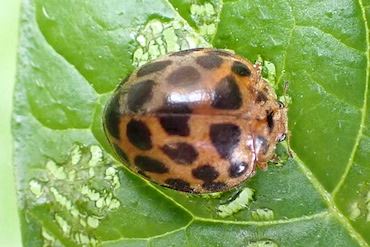Despite the threat of rain and cloudy weather, 18 adults and one child came to do some gardening this morning.
After the recent rain, no watering needed to be done. We applied the usual worm farm juice, tidied up some beds, weeded beds and paths and collected a decent harvest of silverbeet, lettuce (Lollo Rossa, Rouge d’Hiver, Green Cos, Royal Oakleaf, Freckles), celtuce, celery, radish, asparagus, parsley, sage (no rosemary or thyme!) and the last of the broccoli (see photo below).
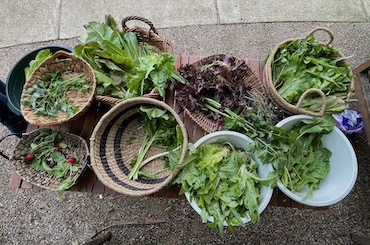
The last of the broccoli plants were removed. Those in bed 14 needed to make way for the Jerusalem artichokes, which are starting to make some headway. There’s still plenty of lettuce but, as some is starting to go to seed, it needs eating – it’s best to remove whole plants to eat at this stage. There’s also a good supply of silverbeet but it will also go to seed as the weather warms up. The varieties of lettuce we’re harvesting at the moment prefer cooler conditions to grow well. There are varieties of lettuce that grow well in warmer weather, like Amish Deer Tongue, which we planted last week, so we’ll have new lettuce coming on again in a while.
Seeds recently sown have germinated with reasonable success. The bean seedlings are generally going well, as are the rocket, newly planted cucumbers, white radish and mizuna. The okra seeds have not done so well and we are still waiting to see carrot seeds germinate.
Perhaps the big event of the morning was planting tomato seedlings. Tomato (Solanum lycopersicum) is in the Solanaceae family. Some people who tried to raise seedlings at home did not have much success. We planted seedlings that some members brought and a couple of wild ones that had come up from our compost, making 15 seedlings of various varieties: four Cherry Black, two Beam’s Yellow Pear, three Nonno’s Italian Pear, four Cherry Red Pear and two unknown varieties. They were watered in after planting.
The basil seedlings from the crowded punnet of seedlings that were untangled and planted last week are doing very well. A great job done dealing with a very fiddly punnet of seedlings!
Among the plants in the garden that are flowering at the moment are three that also belong to the Solanaceae family. These are tree tomato or tamarillo (Solanum betaceum), potato (Solanum tuberosum) and pepino (Solanum muricatum) (see photos below). The flowers have five petals. We’ll have to wait till the warmer weather to see some other Solanaceae plants flower (e.g. tomato, chilli and eggplant).
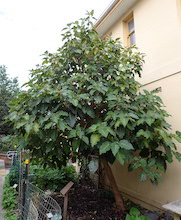
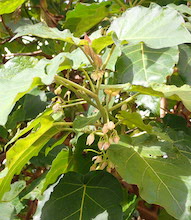
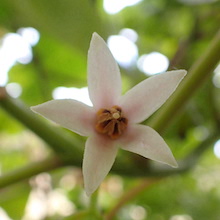
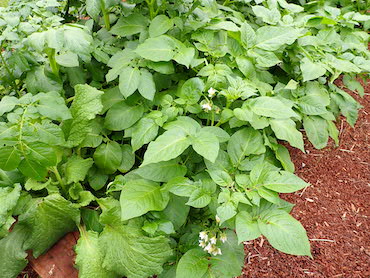
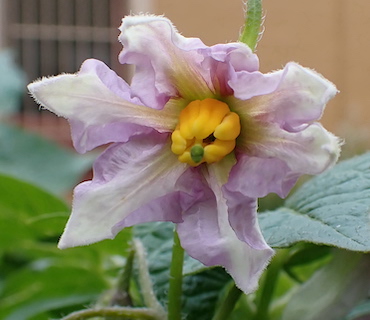
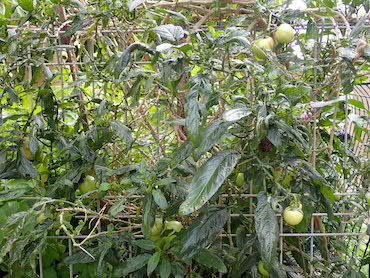

Know your ladybird beetles
There are about 500 species of ladybird beetles in Australia. Most are beneficial, with aphids being one of their favourite foods, but some are pests. The 26-spotted potato ladybird, which feeds on leaves of potato plants, is often not a problem but, when its natural predators are absent, it can increase in numbers quickly and cause substantial damage. Is the ladybird in the photo below (snapped on the leaf of one of our potato plants) one of these 26-spotted potato ladybirds?!
